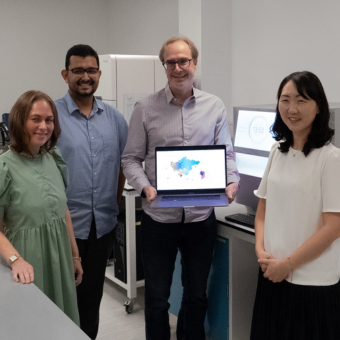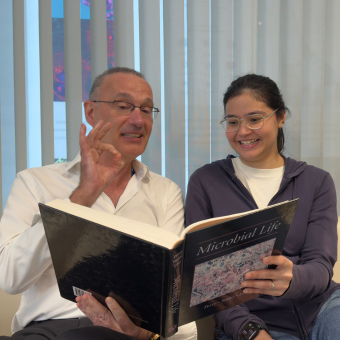Supporting hawksbill turtles' conservation through DNA analysis

- In the Media, Featured
- 24 Jul 2023
(L-R): SCELSE PI, Assistant Professor Kim Hie Lim and Regine Tiong, PhD student at SCELSE’s Population Genetics and Wildlife Conservation group, at SCELSE’s state-of-the-art sequencing lab in Nanyang Technological University, Singapore (NTU.
Secrets unveiled by SCELSE, from the DNA of hawksbill turtles could succeed, for the first time, in tracking exactly where they go to nest and forage.
The DNA study may even reveal what happens during “the lost years” when baby turtles roam the open seas and disappear from human scrutiny.
Researchers SCELSE and the Asian School of the Environment (ASE) at NTU, who are involved in this effort, say that DNA analysis bypasses the limitations of current work, which relies on satellite trackers strapped to the critically endangered creatures.
SCELSE principal investigator and ASE Assistant Professor Kim Hie Lim, said the limitations of using satellite trackers strapped to the back of the turtles include the battery life, attachment and antenna failure, saltwater erosion and death of the turtle.
“It is very important, as scientists, to understand where they go to lay their eggs, where they forage and where they stay during their juvenile years, and genetic samples are much easier to access to produce more precise data. There are many missing pieces (to this story) and it is here that genetics play a very important role,” she said.
“Here (at SCELSE), we can collect genetic samples easily to produce more data than satellite tracking to allow a broader understanding of where the turtles go across countries and across regions, but at the end, we still combine data from both methods to improve the resolution of the research.”
See full story in The Straits Times.




